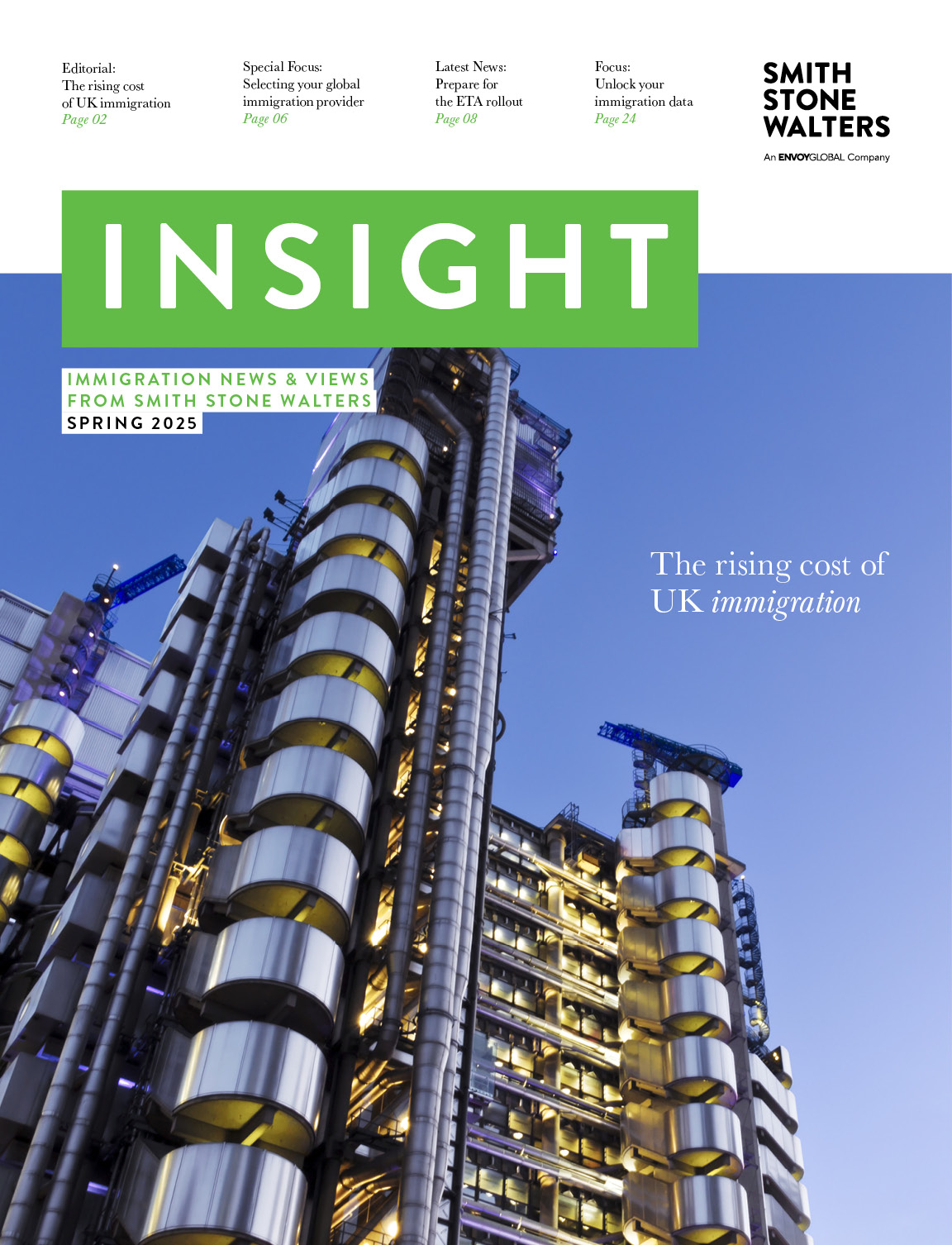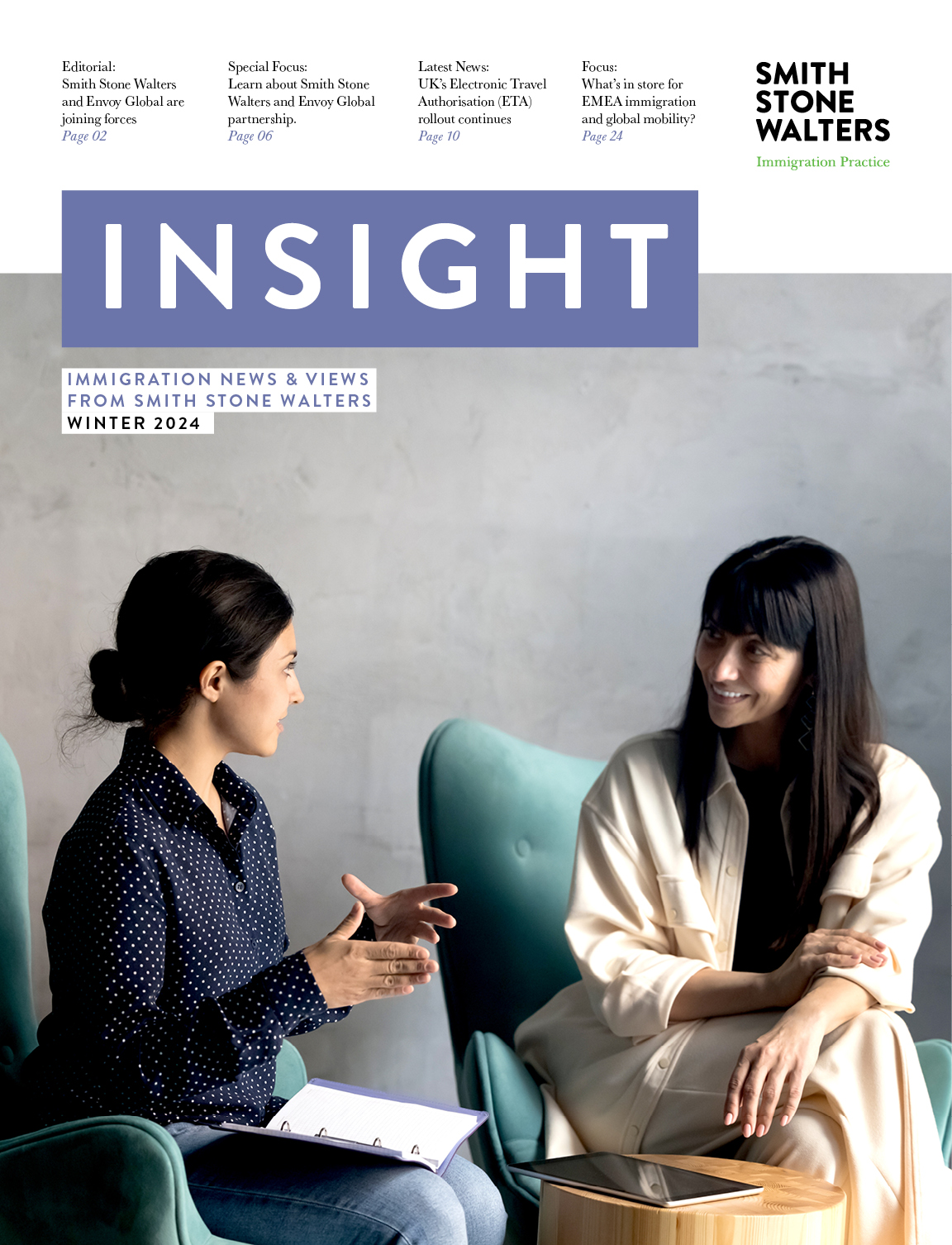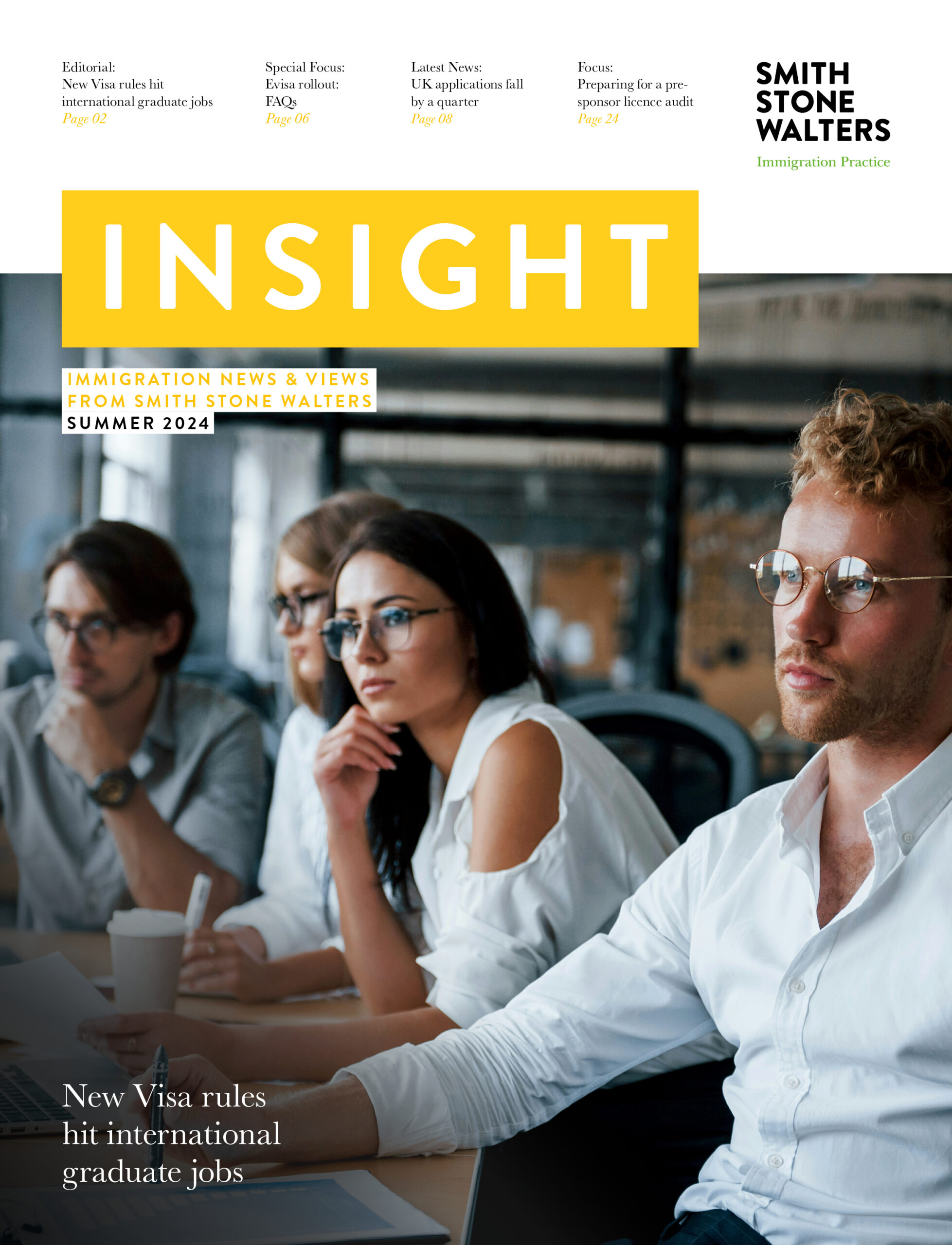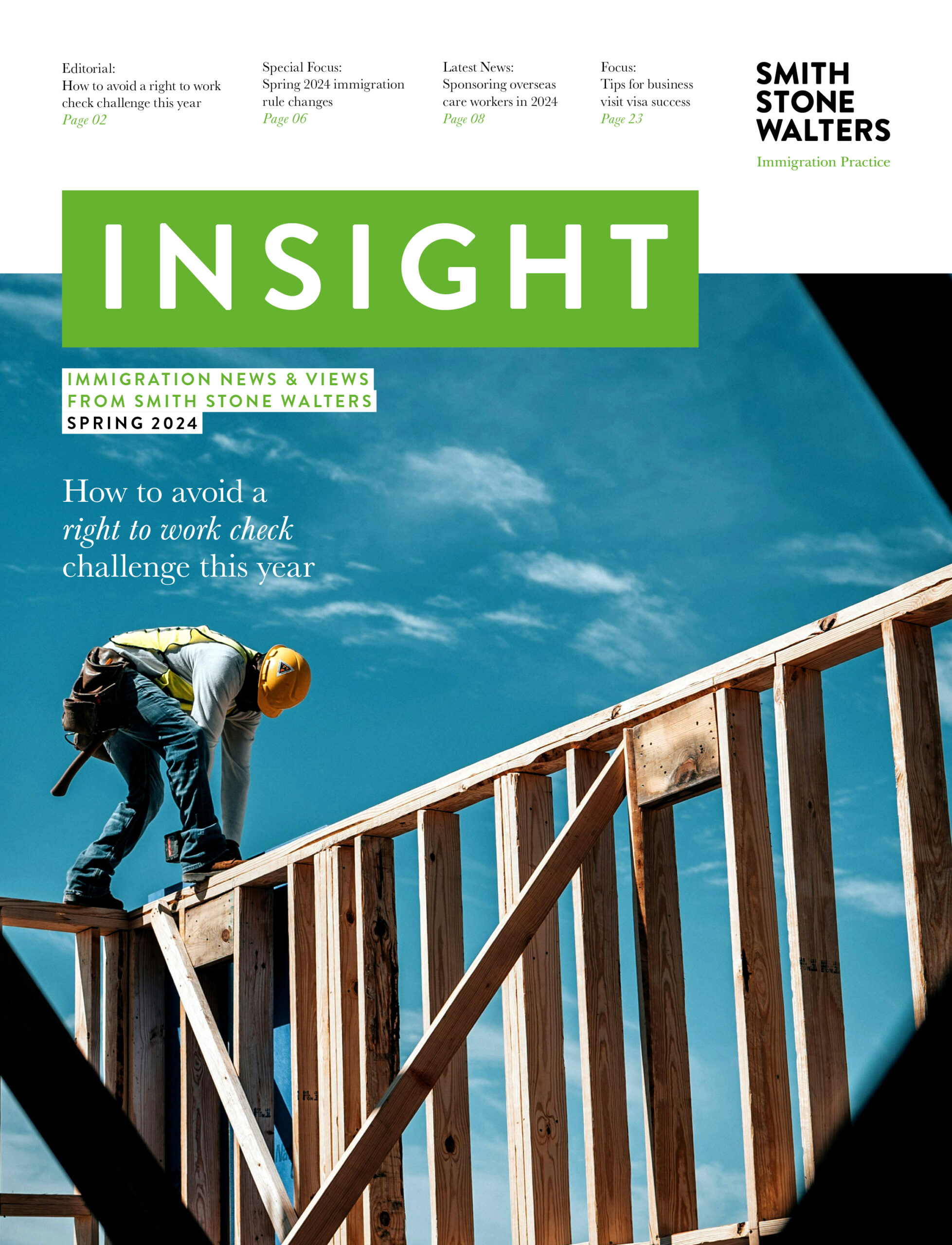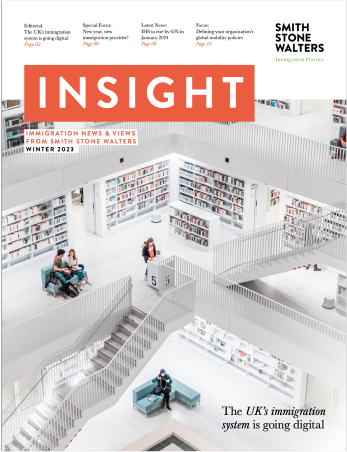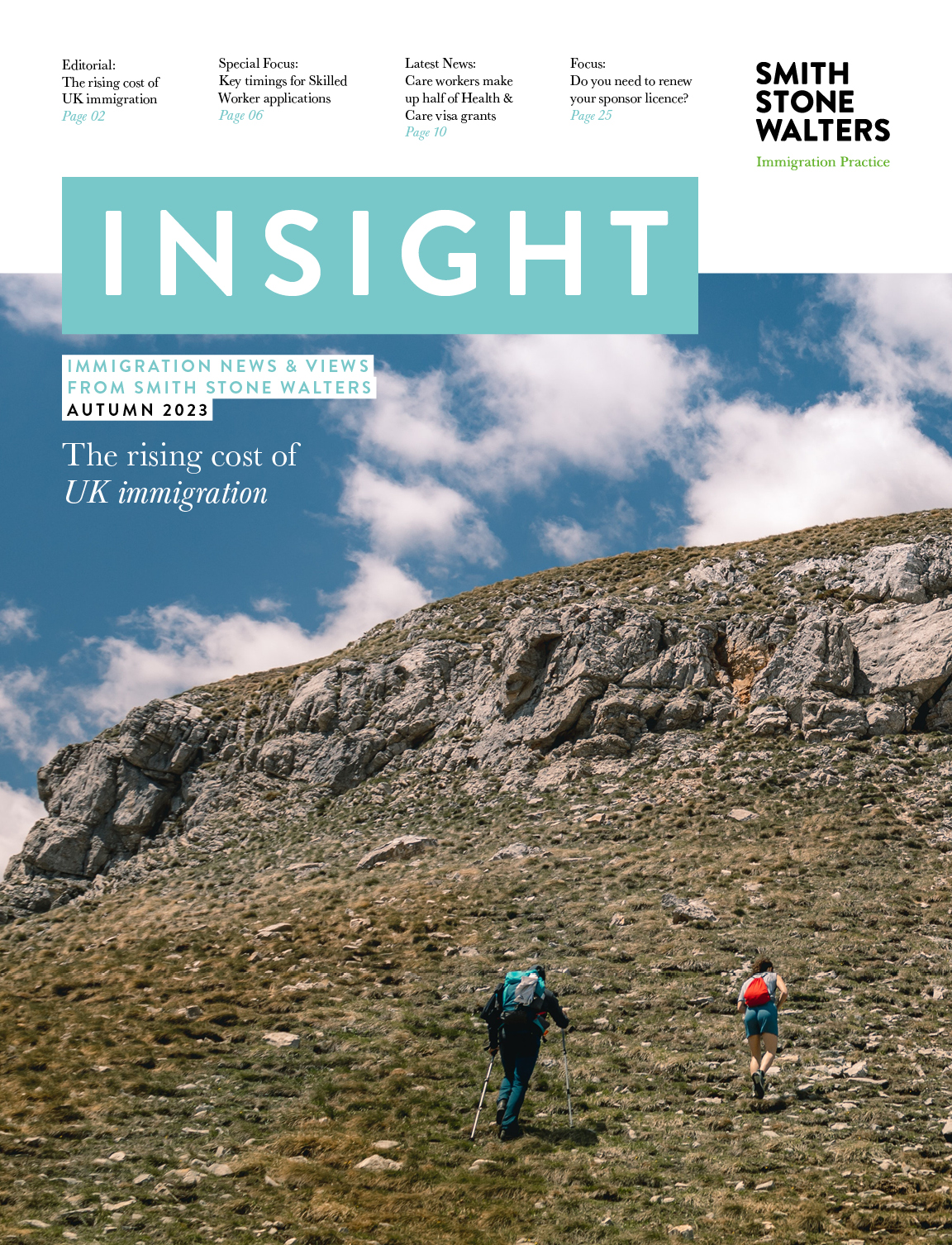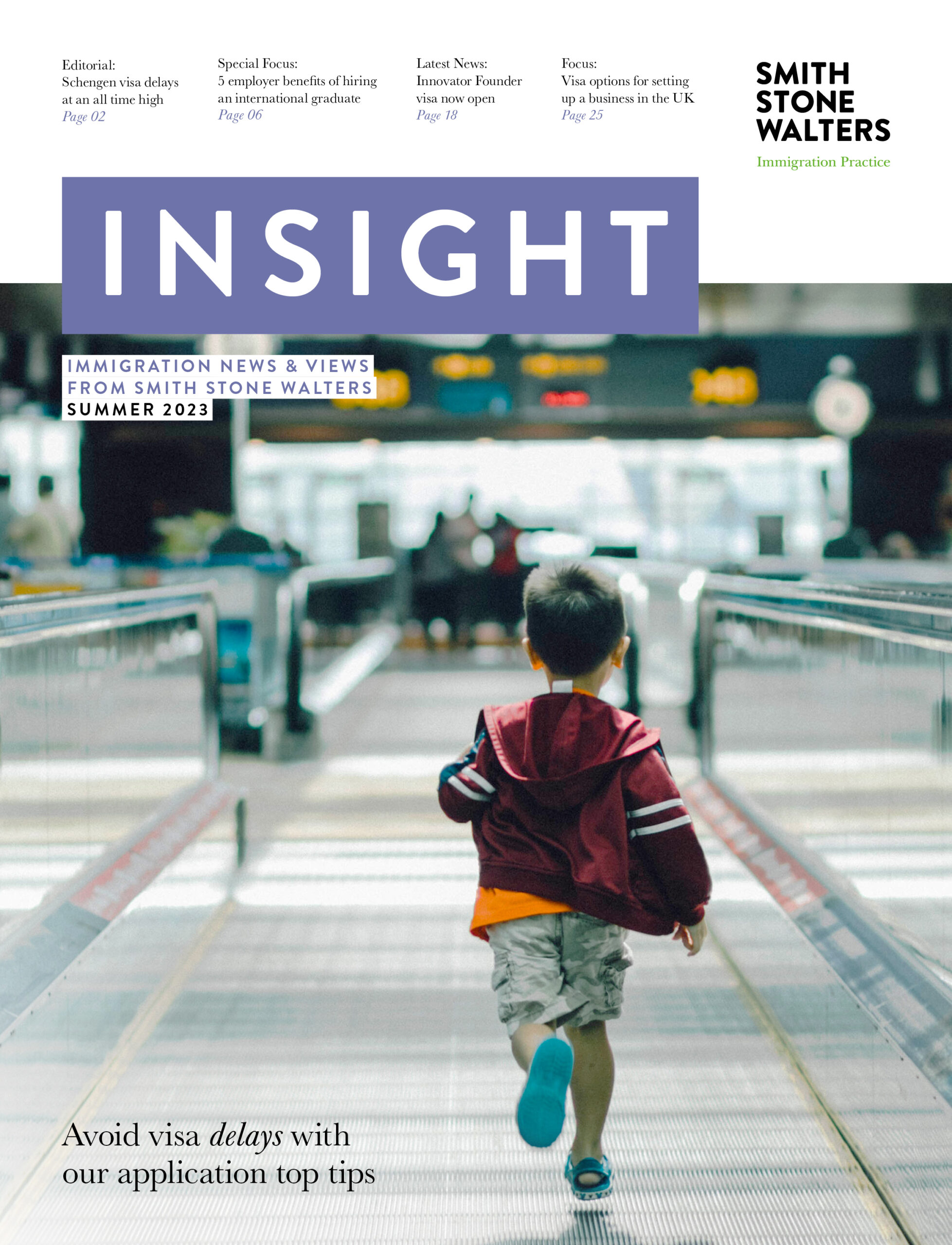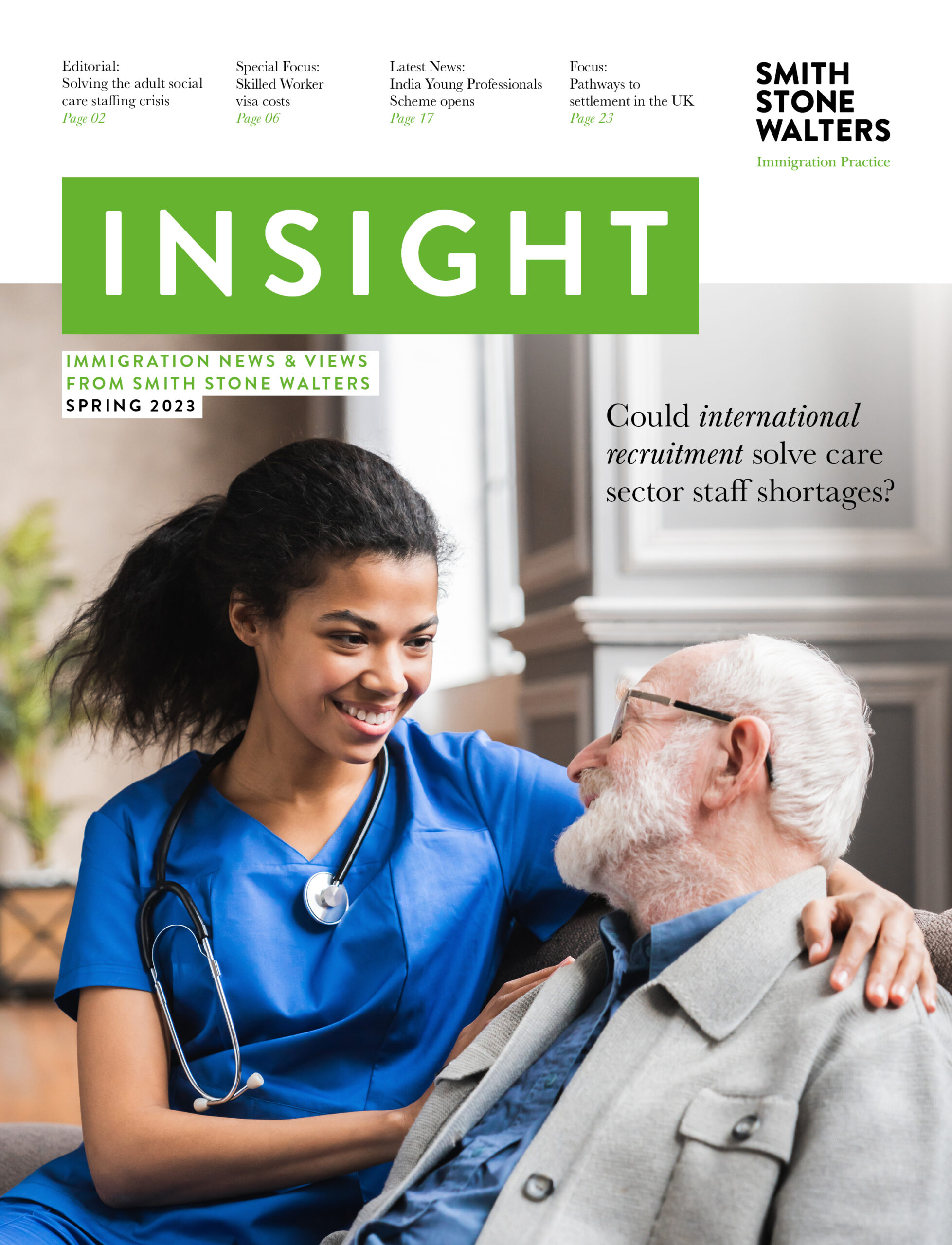21 occupations recommended for the UK’s new Immigration Salary List (ISL)
The Migration Advisory Committee (MAC) has published a new report setting out recommendations as to which occupations should be added to the UK’s new Immigration Salary List (ISL).
In December 2023, the Home Office announced a package of measures to cut net migration and curb abuse of the immigration system. The changes that will be introduced this year include reforming the Shortage Occupation List (SOL) into a new Immigration Salary List (ISL) and ending the 20% going rate salary discount for shortage occupations.
In January, the Home Office commissioned the MAC to carry out a rapid review of the ISL, to advise which occupations should be included on an initial list from April 2024.
In its report, the MAC has recommended 21 occupations be included on the ISL, which represents 8% of the total job roles eligible for the Skilled Worker route by employment. This means that the interim ISL is smaller than the current Shortage Occupation List (SOL) as, previously, approximately 30% of job roles eligible for the Skilled Worker route were on the SOL.
The MAC is expected to carry out a more thorough review of the ISL later this year, as it noted that more clarity is needed about the purpose of the list.
An extract from the MAC report states: “We require further clarity from the government on what the benefits and longer-term purpose of the ISL will be. Aside from some of the more technical aspects of the ISL, it is important for the government to lay out the role it wants the ISL to play within the wider immigration system.
For example, is the primary purpose of the ISL to fill shortages in the short term with overseas labour? Or is the ISL being implemented for a wider purpose, for example, to support government priority sectors and broader government policies or to support sectors where there are broader benefits and spillovers to UK society, independent of shortage considerations?”
As requested by the Home Secretary in the commissioning letter, the MAC has considered only those occupations currently on the SOL and those which were recommended for inclusion in the 2023 SOL review. This is intended to be an interim measure for the implementation of the new rules announced in December 2023, ahead of a full review of the ISL starting later in the year.
Recommended ISL occupations
The 21 occupations consist of 18 recommendations for the UK-wide ISL and 3 recommendations for the Scotland-only ISL.
The MAC has recommended the following Skilled Worker occupations to be included on the ISL. These occupations were previously recommended for the SOL in the 2023 review:
- Managers and proprietors in forestry, fishing and related services – only “fishing boat masters” (SOC code 1212, Scotland only)
- Laboratory technicians – requires 3 years or more experience (SOC code 3111, UK-wide)
- Pharmaceutical technicians (SOC code 3212, UK-wide)
- Boat and ship builders and repairers (SOC code 5235, Scotland only)
- Stonemasons and related trades (SOC code 5312, UK-wide)
- Bricklayers (SOC code 5313, UK-wide)
- Roofers, roof tilers and slaters (SOC code 5314, UK-wide)
- Construction and building trades not elsewhere classified – only “retrofitters” (SOC code 5319, UK-wide)
- Animal care services occupations not elsewhere classified – only “racing grooms”, “stallion handlers”, “stud grooms”, “stud hands”, “stud handlers” and “work riders” (SOC code 6129, UK-wide)
- Care workers and home carers (SOC code 6135, UK-wide)
- Senior care workers (SOC code 6136, UK-wide).
The following occupations have now also been recommended for the ISL due to the increased salary thresholds:
- Chemical scientists – only jobs in the nuclear industry (SOC code 2111, Scotland only)
- Biological scientists (SOC code 2112, UK-wide)
- Social and humanities scientists – only archaeologists (SOC code 2115, UK-wide)
- Artists (SOC code 3411, UK-wide)
- Dancers and choreographers – only skilled classical ballet dancers or skilled contemporary dancers who meet the standard required by internationally recognised UK ballet or contemporary dance companies (SOC code 3414, UK-wide)
- Musicians – only skilled orchestral musicians who are leaders, principals, sub-principals or numbered string positions, and who meet the standard required by internationally recognised UK orchestras (SOC code 3415, UK-wide)
- Arts officers, producers and directors (SOC code 3416, UK-wide)
- Graphic and multimedia designers (SOC code 2142, UK-wide)
- Welding trades – only high integrity pipe welders, where the job requires 3 or more years related on-the-job experience. (SOC code 5213, UK-wide)
- Carpenters and joiners (SOC code 5316, UK-wide).
The Standard Occupation Classification (SOC) codes listed above relate to the SOC 2020 coding system.
Employers should note that from April 2024, the Home Office will be moving from the current SOC 2010 coding system to the SOC 2020 coding system. For some employers, this will mean that some SOC codes they use regularly will be changing. You will need to ensure that any Certificates of Sponsorship issued from 4 April onwards use the new coding system.
Salary discount
The MAC highlighted that the main benefit of inclusion on the ISL is a reduction of up to 20% on general salary thresholds for shortage occupations, a discount which the committee previously recommended should be removed to reduce the risks of undercutting of domestic workers and exploitation of migrants.
In its report, the MAC also warns that the new general threshold in effect will mean that the Skilled Worker route becomes unavailable for many occupations. The Skilled Worker salary threshold will be increasing significantly in April 2024, rising to £38,700 from the current £26,200.
This will mean that for many occupations, particularly at the RQF3-5 level, even the ISL-reduced threshold will be above the salaries paid for the vast majority of workers in that occupation. For example, veterinary nurses (SOC 2020 code 3240), which are not on a national pay scale, have a median salary of £24,400 and therefore, even if placed on the ISL, would struggle to use the Skilled Worker route given the ISL threshold would be £30,960.
The MAC therefore encourages the government to consider the impact of the rule changes and decide on what the appropriate benefits of the ISL should be.
New entrant threshold
The government has announced that, for now, the new entrant discount available for those aged 26 and under will continue. In its current form, this discount provides a 30% discount on the occupation-specific threshold and a 20% discount on the general salary threshold, the higher of which must be paid.
Employers may take advantage of the new entrant discount (more than they have historically done) as the increased salary thresholds will make this discount more attractive and for some occupations may be the only way to recruit migrant workers on the Skilled Worker route.
Given the increased incentive to use the discount as a result of higher salary thresholds, the MAC has encouraged the government to consider this impact of the rule changes on the use of new entrant discount.
Next steps
Following the report’s publication, the government will now consider which recommendations to take forward.
Smith Stone Walters will continue to monitor the situation and will provide an update in due course. To keep up to date with all the latest UK and global immigration news, please sign up to our free news service.


